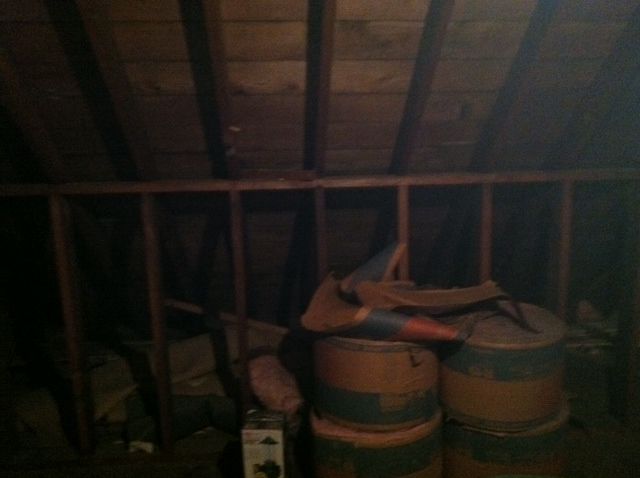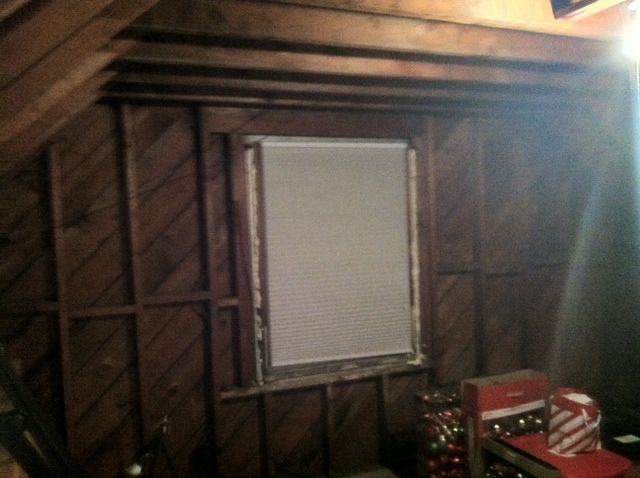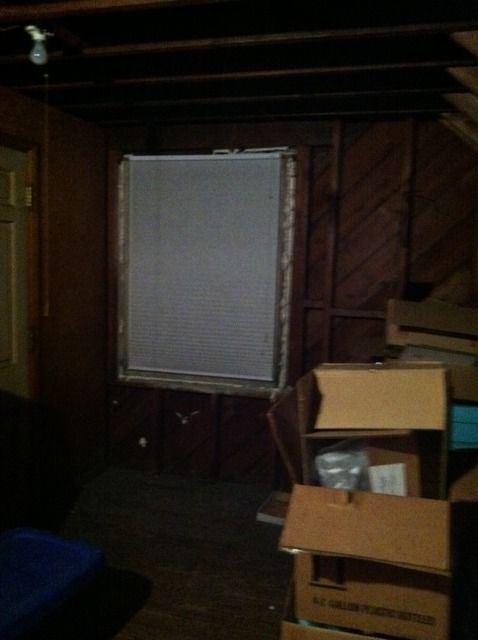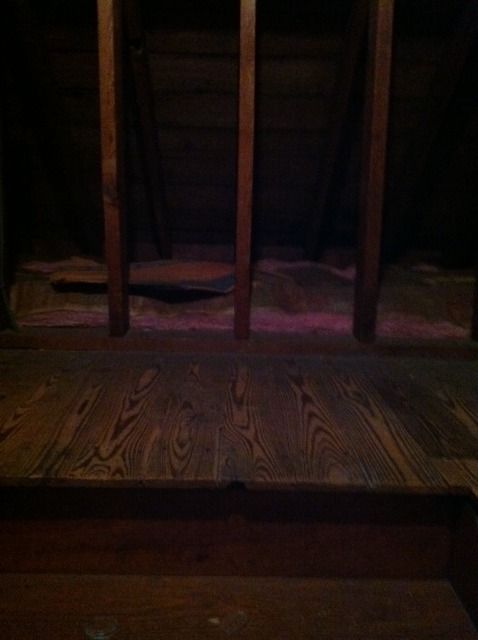slopecarver wrote:
In reply to SVreX:
I stand corrected and I agree, more information is necessary. Can you elaborate on the most current building science attic retrofit methods? Assume unconditioned, no floorboards.
I guess the best I can offer is that modern building science is starting to recognize the building as a system, and the need to design the insulation as a part of the entire system.
There is no one-size-fits-all solution.
You can't break it down to a single component and say "what's the best insulation", or "How much R value".
Thermal transmission, heat flow, air leakage, fenestration, humidity, duct system design, air exchange, combustion air, vapor transmission, occupant load, delta T differential design, and efficiency of the heating system are all part of modern building science.
So, for example...
Batt insulation can offer reasonable thermal resistance, but it sucks at controlling air leakage. Cardboard works better. So, a well insulated house may feel drafty, and therefore cold.
It also acts like a sponge if exposed to moisture. So if it is installed without a moisture barrier and the dew point is within the physical limits of the batt insulation, it will absorb moisture, which will negate it's thermal resistance (because water has almost no thermal resistance).
It's an overall design.
Having said that, the answer to your question is that sprayed closed cell foam is often a superior product, at a cost that is prohibitive. It controls both thermal transmission and moisture transmission, but it's superior performance in sealing air leakage is probably what makes it feels the most outstanding (it's not the R-value). Most people can't afford it, and it's cost is high enough in a retrofit that it almost always has an exceedingly long payback period.
Blown-in is MUCH cheaper, and can be added on top of existing. It won't draft seal or moisture seal, but it will add thermal mass, and can be installed at an affordable price. Generally will lower heating bills, but often doesn't change comfort level (because draft sealing is not addressed).
Batts have similar performance to blown-in, at a higher price.
The biggest bang for your buck in a retrofit is always draft-sealing first, including duct sealing, then moisture transmission controls. To do this well, the very first dollar spent should be an energy audit that includes a blower door test and duct blaster (both before and after modifications). That's IF you want to be scientific about it. If not, dump some insulation in your attic.
Improved windows are by far the best investment in new construction, and the worst in a retrofit (from a pure cost analysis perspective).
Those are generalities. YMMV.









































